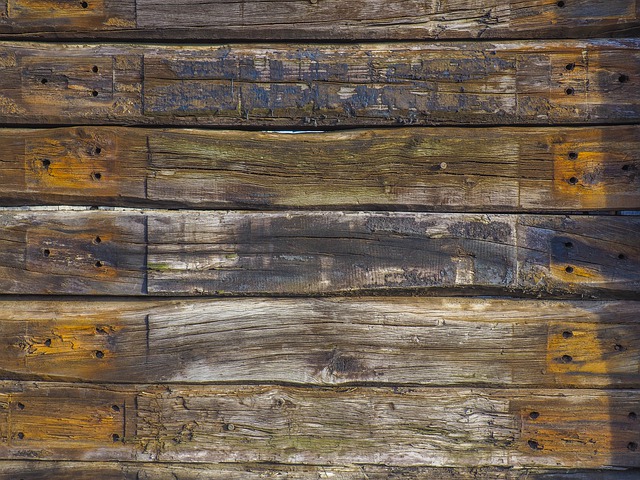How to Use Railway Sleepers
Reading time: 4 minutes
Aside from their original function of being part of railway lines, railway sleepers have taken on a life of their own for many other uses. With the choice of either buying brand new sleepers, or reclaimed railway sleepers, this has inspired people to be creative both inside and outside the home.
Where are sleepers used?
From sculptural art pieces to mantelpieces and far more besides, the railway sleeper brings an attractive element to all kinds of projects outside the home. We’re going to talk about how railway sleepers can be used in the garden as characterful features, from planters and raised beds to retaining walls, paths and steps.
- Sleepers for garden furniture
- Railway sleepers for steps and walkways
- Sleepers for Raised Beds
- Retaining Wall Sleepers

Do sleepers need foundations?
We’ve touched upon this when talking about building a retaining wall, but it is essential for wood sleepers to be set on a level and stable ground. As with building a shed base, some of us will build a solid concrete base, while others may choose to use concrete slabs.
However, it is possible to lay timber sleepers without paving slabs, or mixing concrete for a base. As long as the ground is secure and level, you can use sand, aggregate and gravel.
How do you stop sleepers from rotting?
While it’s an option to lay sleepers straight on top of soil, digging a shallow trench to keep them in place is important. Laying sleepers directly on the ground gives way to rising moisture. This can cause further damage if water can’t drain from under the wood, causing sleepers to warp or rot.
Adding a layer of gravel or sand before placing wooden sleepers on top will help with drainage. A waterproof membrane will also help to limit water from seeping into the wood.
As you can see, there’s a lot you can do with railway sleepers, which can effectively change how your garden looks and how you can use it. Check back for more garden and landscaping help and inspiration!
Disclaimer: The information contained on this page is intended as an overall introduction and is not intended as specific advice from a qualified professional. Travis Perkins aims to avoid, but accepts no liability, in the case that any information stated is out of date.







